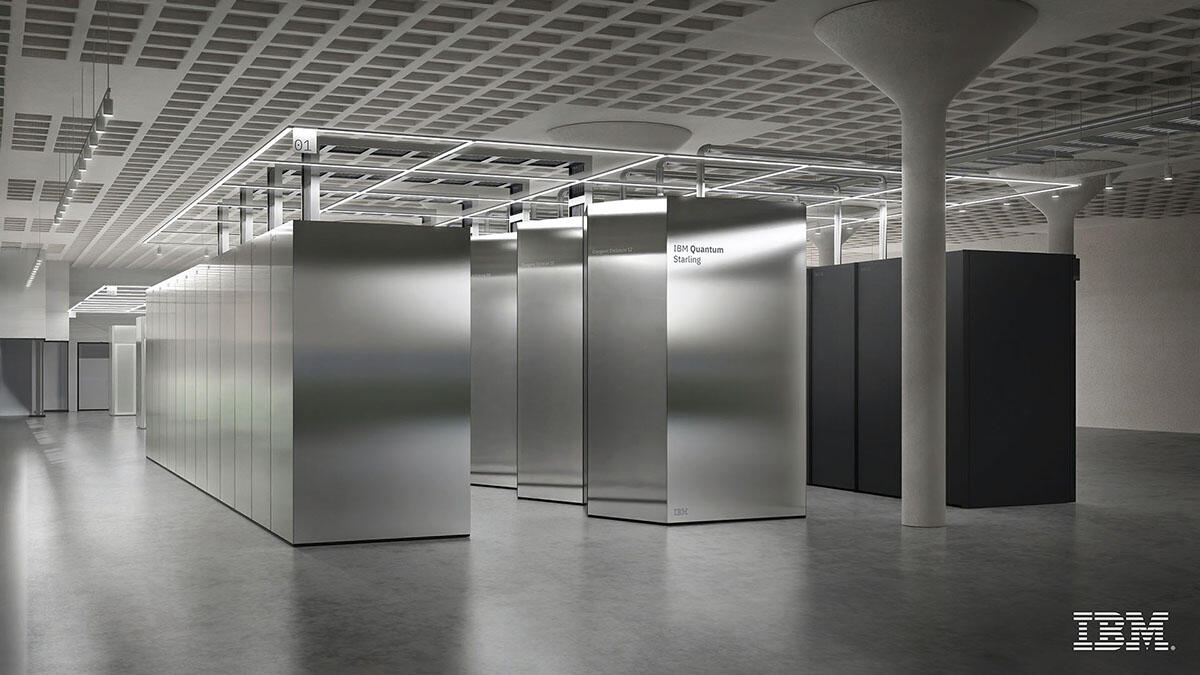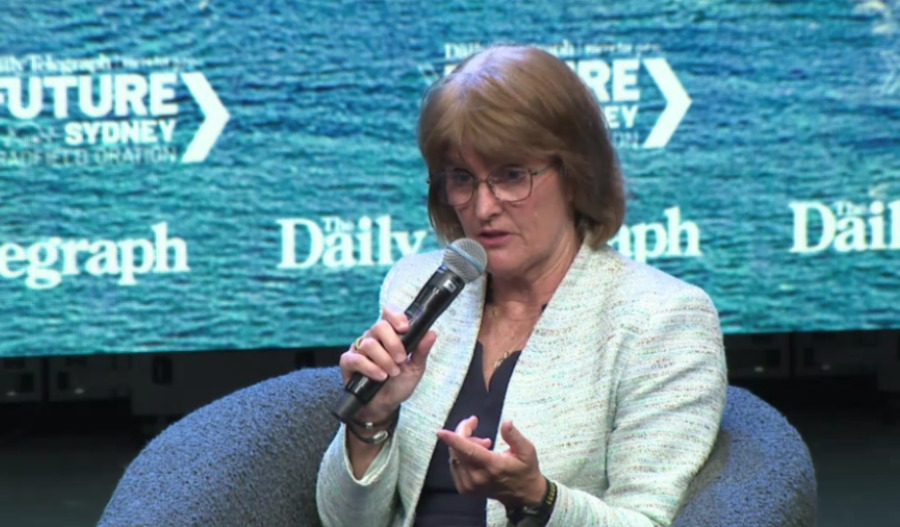By combining IBM's leadership in building useful quantum computers with Cisco's quantum networking innovations, the two technology giants plan to explore how to scale large-scale, fault-tolerant quantum computers and hope to offer a first proof of concept for such a network within five years.
By pooling their R&D efforts, the vendors will collaborate on what IBM has described as networked distributed quantum computing that allows powerful quantum computers to work together to run computations on a massive scale.
Executives at both companies cautioned that the networks would require technologies that do not currently exist.
However, longer term, the technology could allow interconnected data centres that form the groundwork for what both companies have described as a "future quantum computing internet”.
“Getting quantum computing to useful scale is not just about building bigger individual machines, it is also about connecting them together,” said Vijoy Pandey, general manager and senior vice president at Outshift by Cisco.
“IBM is building quantum processors with aggressive roadmaps for scale-up, and we are bringing quantum networking that enables scale-out.”
Quantum computers hold the promise of solving problems in physics, chemistry and computer security that would take existing computers thousands of years.
However, quantum computers can be error-prone and making a reliable one is a challenge that IBM, Alphabet's Google and others are currently pursuing.
IBM is seeking to have an operational machine by 2029.
Earlier this year, Cisco opened a lab to investigate how to connect quantum machines.
The challenge begins with a key problem: Quantum computers like IBM's sit in massive cryogenic tanks that get so cold that atoms barely move.
To get information out of them, IBM has to figure out how to transform information in stationary "qubits" - the fundamental unit of information in a quantum computer - into what Jay Gambetta, director of IBM Research and an IBM fellow, told Reuters are "flying" qubits that travel as microwaves.
But those flying microwave qubits will have to be turned into optical signals that can travel between Cisco switches on fibre-optic cables.
The technology for that transformation - called a microwave-optical transducer - will have to be developed with the help of groups like the Superconducting Quantum Materials and Systems Center, led by the Fermi National Accelerator Laboratory near Chicago, among others.
Along the way, Cisco and IBM will also publish open-source software to weave all the parts together.
"We are looking at this end-to-end as a system ... rather than two discrete road maps," said Pandey.
"We are solving it jointly, which has a much better chance of this thing going in the same direction."
According to HSBC’s Abhishek Shukla, IBM’s efforts in the world of quantum computing could represent a $65 billion total market opportunity annually by 2040.
“IBM has built more quantum computers than all the other entities put together,” he noted.
"We expect quantum computing to remain a niche area as these computers are faster than classical computers only in some specific tasks such as finding prime factors of a large number (helpful in breaking cryptography), atomic and molecular simulations, and specific types of optimisations.”

Join our community of decision-makers. No card required
Join now

